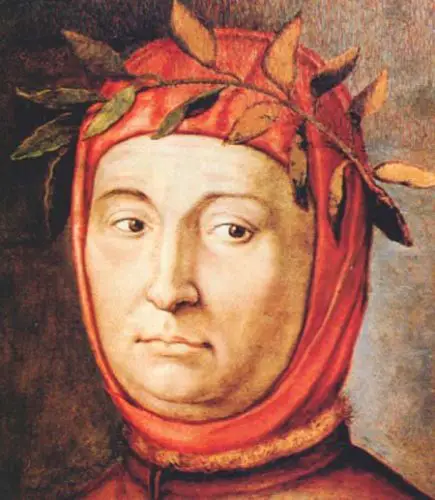 |
| Giovanni Boccaccio |
In labeling and
generalizing periods of history there is a tendency to compartmentalize history
into neat segments that are only slightly connected by key events. In looking
into the life of Giovanni Boccaccio I was able to shift from this frame of
reference by taking a step into the life of one man who's literary works
greatly helped bring about the beginnings of the Renaissance.
Boccaccio's early life
was greatly affected by several important transitions that had begun to occur,
specifically the rise of the mercantile class. This new wave of economic
prosperity made possible the intellectual growth that would later spur the
renaissance as people began to look back to Greco-Roman culture. Boccaccio
spent several formative years in Naples, which at this time was a central hub
for both commerce and culture. It is here that he began to write Il
Filostrato and Tesieda, works that he wanted to be on par
with the writings of Latin literature. His early writings would influence other
authors such as Chuacer.
Between 1348-1353 Boccaccio probably wrote his masterpiece, The
Decameron. It was heavily influenced by the black plague, which killed much
of his family. The introduction provides a rather a somber and horrific scene
of death, caused by the black plague. In it he says
“No human wisdom or foresight had any value…just as useless were the humble supplications to God given not one time but many times in appointed processions, and all the other ways devout people called on God; despite all this, at the beginning of the spring of that year, that horrible plague began with its dolorous effects in a most awe-inspiring manner…it began with swellings in the groin and armpit, in both men and women, some of which were as big as apples and some of which were shaped like eggs, some were small and others were large…the body would be covered with dark and livid spots…these were certain indications of coming death.”This bleak and somber backdrop are contrasted with much of the actual content in the story. Each day for 10 days 10 stories are told around a different theme by the 10 young people who fled the city to escape the black plague. Many of the stories are comical or light. What really defines the Decameron however is the underlying themes of luck, man’s powers and his limitations and the absence of divine intervention.
Bocaccio also met
Petrarch in 1350 and together they laid the groundwork for the beginning of the
humanist movement. Boccaccio came to embody the early renaissance with his studies
and translations of classical texts and also his work to elevate the modern
language and enrich society with tales that highlighted the everyday experience
with its ups and downs. Boccaccio, and his works, were an important part of the
beginning of the renaissance that helped make possible the other improvements
that occurred as the renaissance fully developed.

I think that there is an interesting trend among some in history to write light and cheerful stories, or art that contrasts the bleak themes. In the church, some of our most beautiful reveltaions in D&C 121,122, and 123 came out of one of the most horrible places: liberty jail. Do you agree that we need these dark times in order to flourish or learn, and create beauty?
ReplyDeleteI love the idea that this post identifies potential beginning of the renaissance. The shift of ideas from the dark ages into a more progressive, humanistic form of thought begins in different part of the world at different times. I like that these authors we a part of that shift.
ReplyDelete